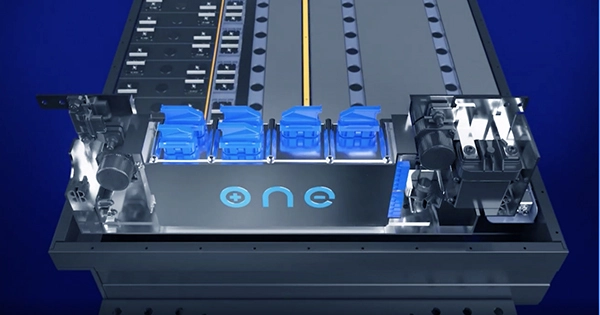Automakers are starting to face the harsh truths of economics and physics as they stake their fortunes on electric vehicles. Nickel and cobalt, two important materials utilized in today’s electric vehicles, have soared in price, far surpassing inflation. Simultaneously, current lithium-ion battery technology is advancing, but not quickly enough. Companies have been looking for alternatives, from solid-state batteries to unusual materials and components, as a result. However, many of these are still years away from commercialization.
Many of the parts, according to Mujeeb Ijaz, founder and CEO of Our Next Energy, are already in place. Ijaz intends to combine two battery types into one pack, one designed for daily commuting and the other for extended road trips. The goal is for each type to play to their strengths while the other covers for their flaws.
After driving a Tesla 752 miles on a single charge earlier this year, ONE made headlines, but little was known about its technology. However, TechCrunch has reviewed ONE’s patent applications and has an exclusive look at how the company plans to combine different battery types into an uber-pack that’s twice as energy dense as today’s EVs while still being capable of handling everything from daily commutes to bladder-busting multistate journeys. If ONE’s technology works, it might help buyers overcome range anxiety while also making electric vehicles cheaper and safer, perhaps triggering a surge of sales.
The appropriate chemistries, EV batteries typically employ a single kind of battery chemistry, which must be adjusted to balance conflicting needs such as the amount of energy they can store, how safe they will be in accidents, and how long they will survive before breaking down. They also shouldn’t be prohibitively pricey. It’s not an easy undertaking, and the battery eventually gives up on at least one of those objectives. Ijaz discovered that while it would be impossible to achieve all of those goals with a single cell type, it was conceivable to do so with a group of cells. Ijaz only had to figure out how to convince them to cooperate.














